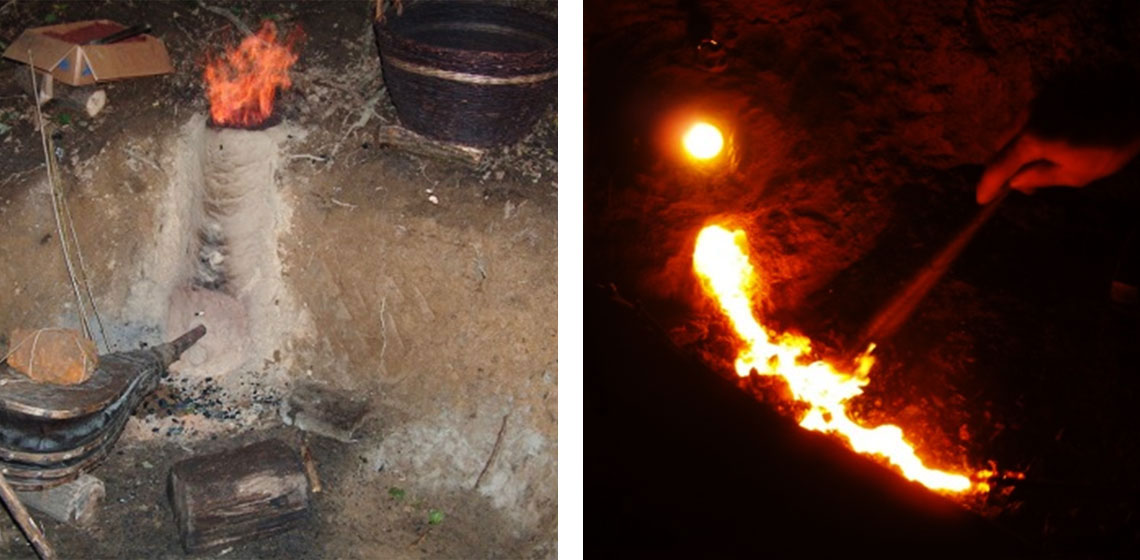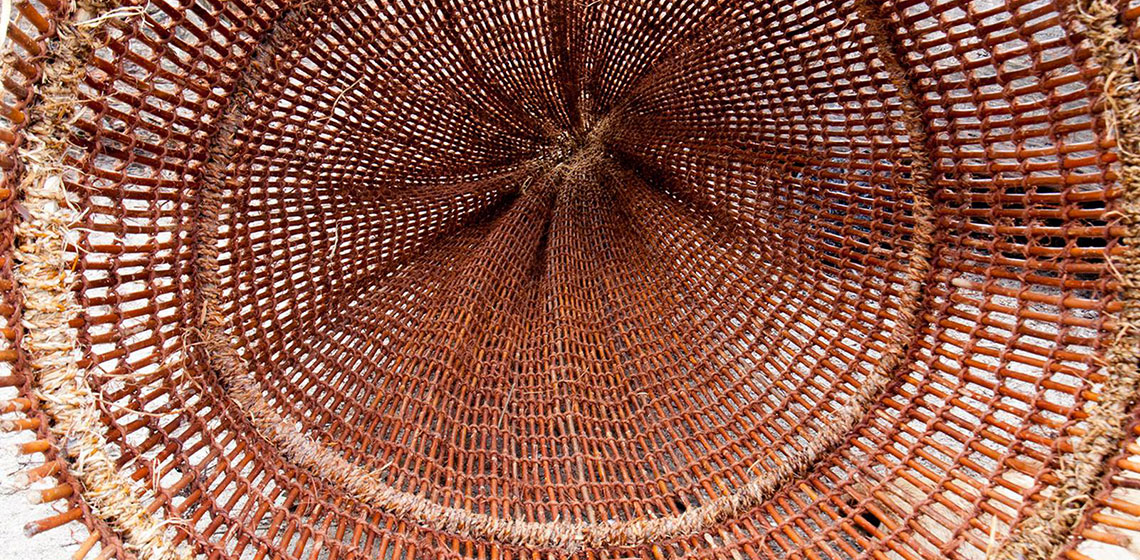Ancient & Traditional Technology
Ancient & Traditional Technology (A&TT) is the research & execution of ancient, historic or traditional techniques which we are aware of from archaeology. It is the presentation of past crafts & techniques purely as behavior, and does not require costumed interpretation or an experimental goal. A&TTs should preserve their originating context of time & space. A&TT is replication or reconstruction with the intention of a tangible product. Practice and skill development in the technology are of great value and should always precede controlled experimentation. Many public demonstrations such as bronze casting, iron smelting or stone and bone processing are Ancient & Traditional Technology.














